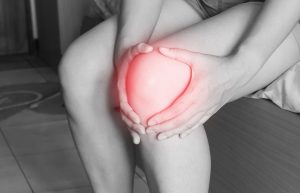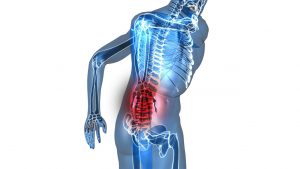One of the common complaints I get from my clients in clinic is in relation to knee pain. The knee pain can be anywhere – on the side of the knee, the back or front of the knee or below the knee. It can also range from just annoying to debilitating. There are a number of non-muscular causes for knee pain including bursitis, arthritis, a cyst in the knee (known as Baker’s cyst) or Osgood-Schlatter’s disease. However, I’m not a doctor or a physiotherapist so this article is really going to focus on the muscular (and structural) causes of knee pain. Muscles directly connected to the knee cap The muscles that attach to the knee cap are the quadriceps (i.e. the quads) – the main muscles at the front of your thigh. From a connective tissue perspective, the iliotibial band (i.e. the ITB, which is situated on the outside of…
Continue ReadingTag: pain
Why the butt is linked to lower back pain
We all take for granted what we have been given, and this is especially true when it comes to our lower back. In clinic, we treat many people who come in with lower back pain. In some instances the pain is so great that it makes it incredibly difficult for our clients to walk let alone do anything else! From a musculoskeletal perspective, what we’ve found is that the most common cause of lower back pain is the inability for our glute muscles (e.g. our butt muscles) to activate properly and a weak core. The butt Our butt (i.e. our glutes) are the biggest muscle in our body so they actually are designed to bear a lot of the load of the body. They are crucial to ensuring the stability of the pelvis and movement of the hip joint. Weak glutes means that your lower back muscles, hip flexors and…
Continue Reading

